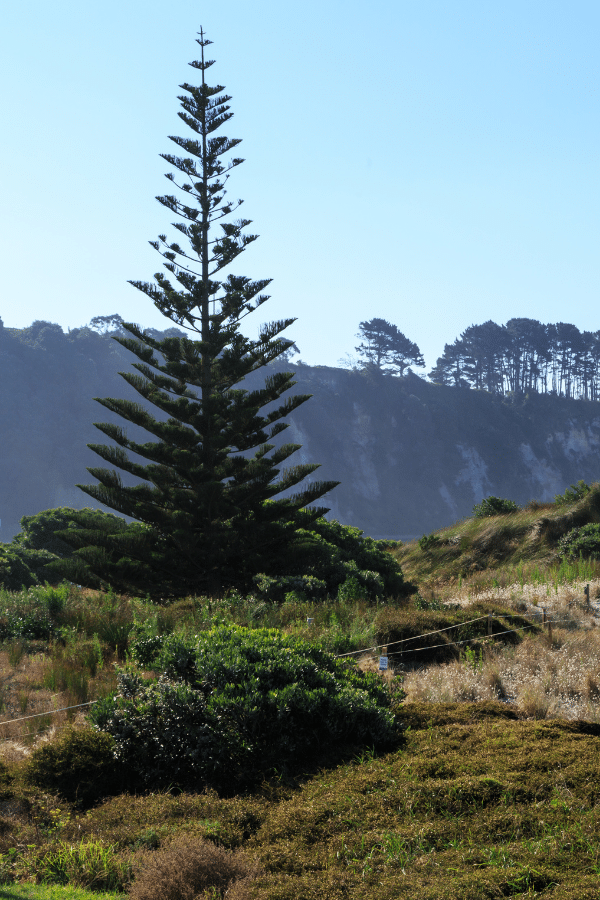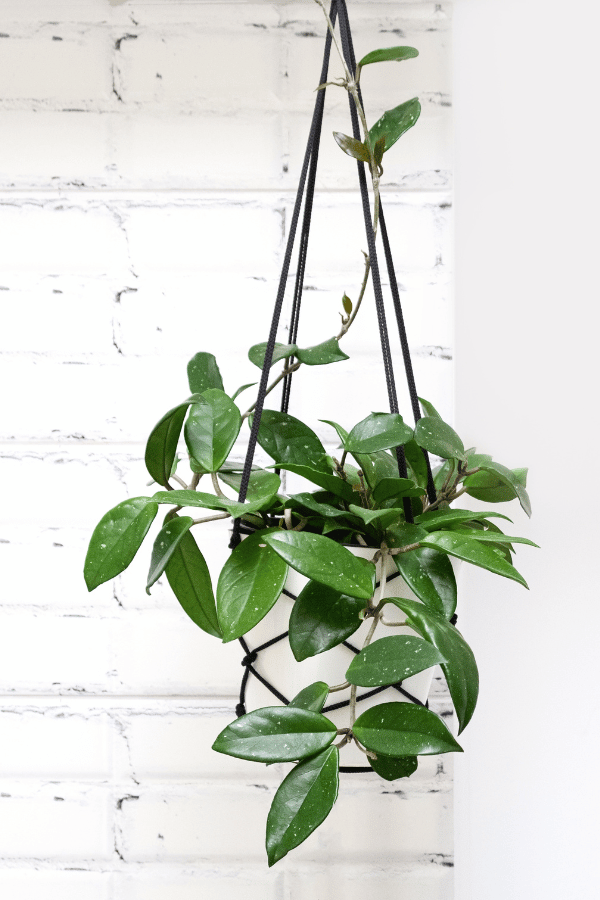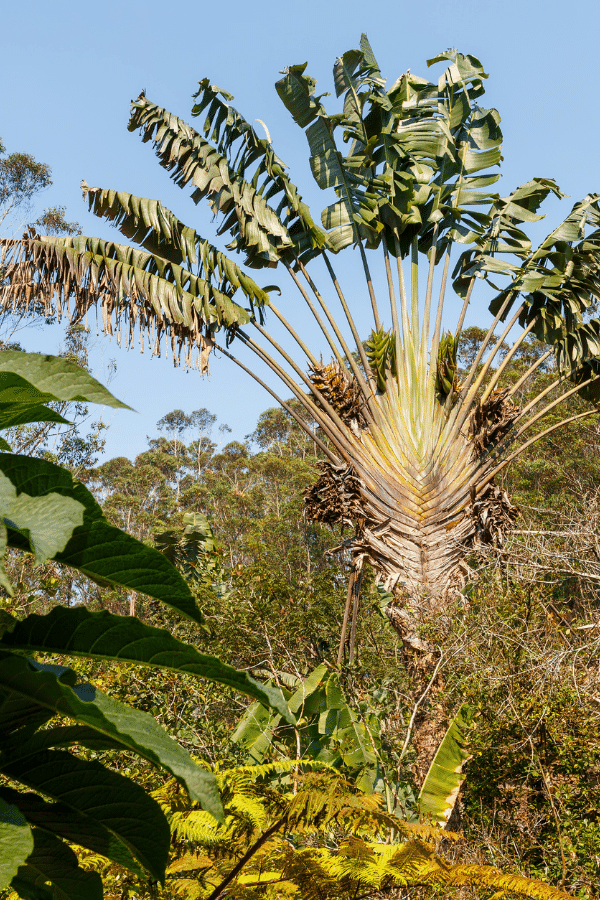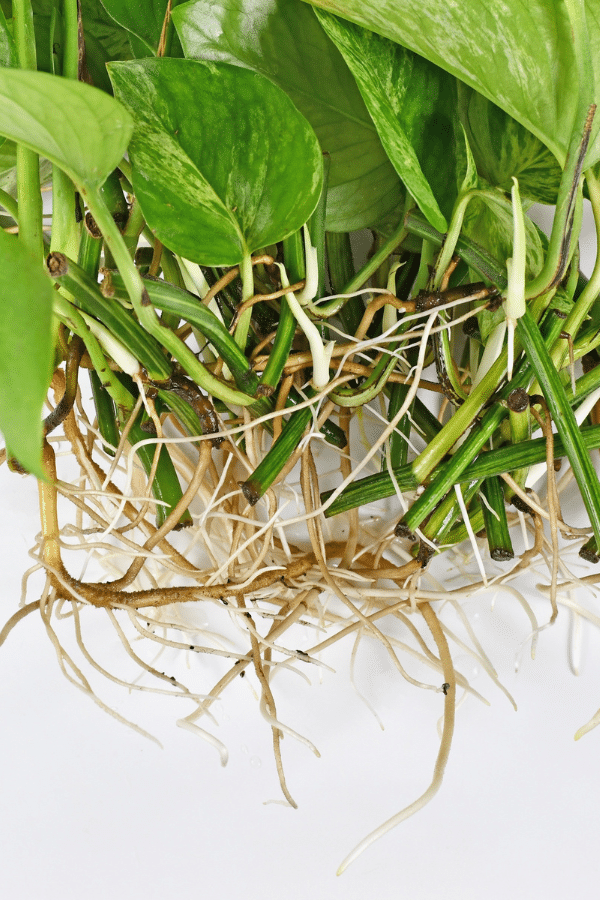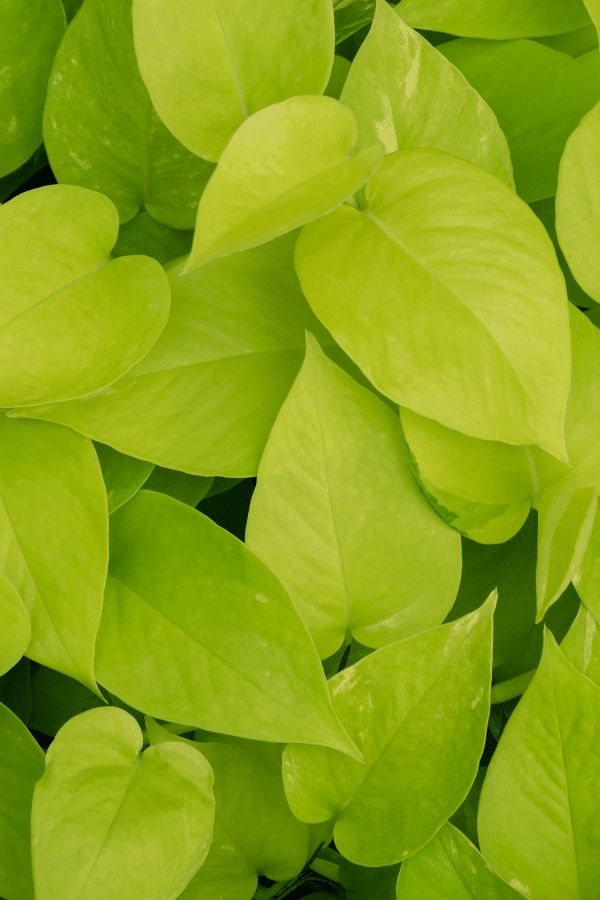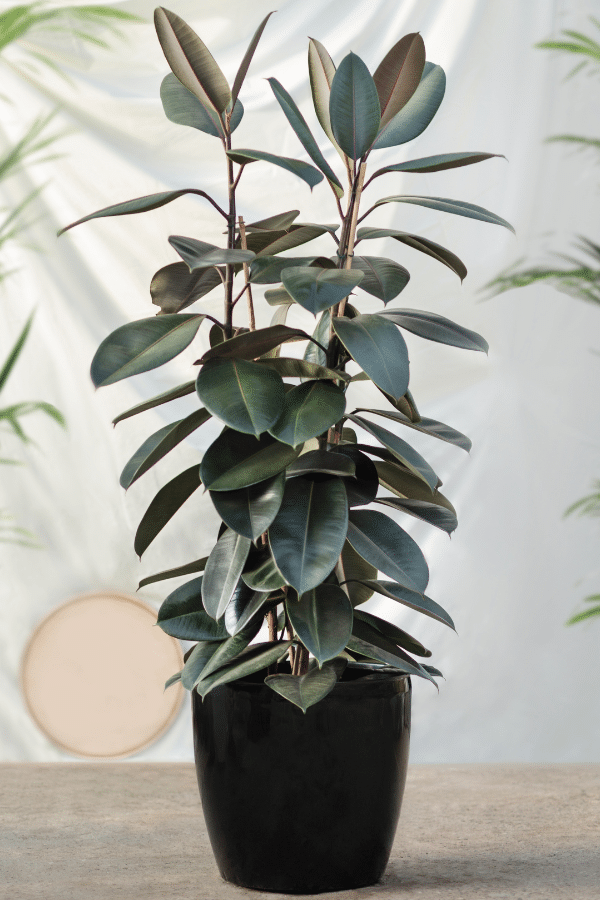Philodendron Plowmanii
Scientific Name: Philodendron Plowmanii
Common Name: Philodendron Plowmanii
Philodendron Plowmanii care is a pretty easy Philo to grow and care for, however, it is a slow grower. If you are looking for something with quick growth, this is not the plant for you and if you want a plant that is large, consider buying a full-grown Philodendron Plowmanii.
To give this Philodendron plant the best care, it requires a soilless mixture containing perlite, coco coir, or sphagnum peat moss, keep the soil moist by watering often, provide the plant with bright indirect sunlight, temperatures ranging from 55-85F, and high humidity levels.
Quick Care Overview
| Common Name | Philodendron Plowmanii |
| Scientific Name | Philodendron Plowmanii |
| Family | Araceae |
| Origin | Ecuador, Peru |
| Growth Rate | Slow |
| Identification | Large dark green glossy leaves with distinct veins |
| Height | Up to 8 feet tall |
| Soil | Soilless mix of sphagnum peat moss, perlite, or coco coir |
| Water | Keep the soil moist |
| Temperature | 55-85F |
| Sunlight | Bright indirect sunlight |
| Toxic to Cats & Dogs | Yes |
| Toxic to Humans | Yes |
| Pests | Whiteflies, mealybugs, aphids, scale |
| Diseases | Pseudomonas, Xanthomonas leaf spot, and Erwinia blight |
Below we will dive deep into this Philodendron Plowmanii care guide.
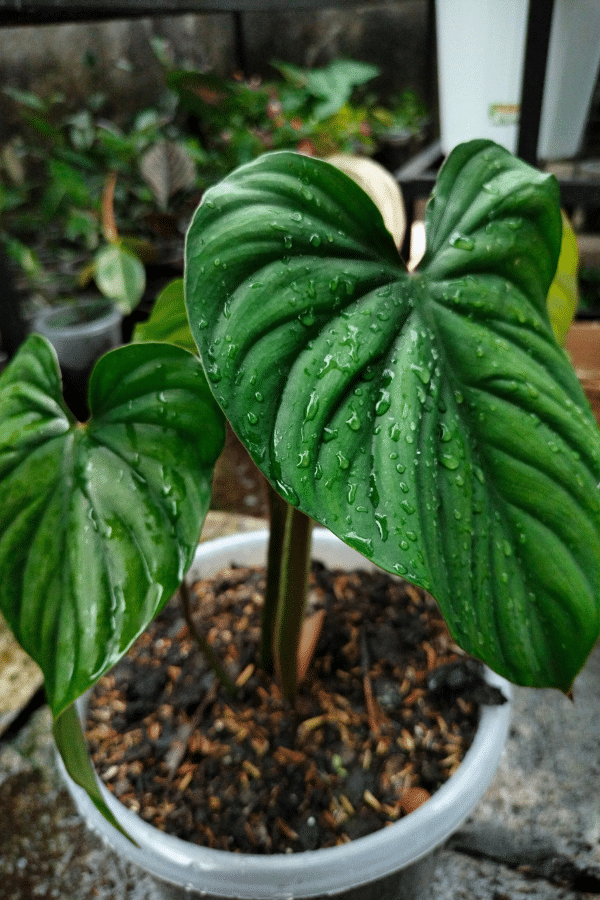
Philodendron Plowmanii History
Native to the rainforests of Ecuador and Peru, Philodendron Plowmanii is an intriguing ovoid tropical philodendron named after the botanist Timothy Plowman. This eye-catching, unique Philodendron is sure to bring a tropical touch to the home.
Philodendron Plowmanii Identification
Philodendron Plowmanii is especially interesting, as its stem has an unusual growth habit and does not grow upright. Instead, its stem moves around the ground and has large leaves of various shades of green growing from its stem. The foliage has distinctive yellow veins.
Philodendron Plowmanii Growth Facts
Under the correct lighting, watering, fertilizer, and temperature, the Philodendron Plowmanii will grow at a slower pace than other houseplants.
How Big Does a Philodendron Plowmanii Get?
Philodendron Plowmanii grows to be quite large and may reach a staggering 8 feet in height.
Philodendron Plowmanii Care
Philodendron Plowmanii when cared for properly, will last for years, as long as you can provide it with some TLC.
Searching for a new houseplant?
Take our houseplant quiz to see what your next plant should be based on the room it’s in, the specific lighting the room receives, if you want it on the floor or on the table, and much more!
Philodendron Plowmanii Soil
When caring for this Philodendron, it is essential to provide it with the right growing medium. A soilless mix of sphagnum moss or coco coir and perlite is most preferable. Additional incorporations of compost or earthworm castings will provide your plant with some added richness. It is essential that your growing medium provides easy drainage and retains moisture.
Philodendron Plowmanii Fertilizer
Your Philodendron Plowmanii will benefit from being fed with a slow-release granular fertilizer indicated for houseplants 2-3 times annually. You should apply the fertilizer 6″ away from the base of the plant. Alternatively, you may use a quality liquid fertilizer, ensuring that you follow all label instructions. Do not overfertilize this plant, as it may lead to damage from chemical burn.
Philodendron Plowmanii Watering
Philodendron Plowmanii loves water and thrives in moist soil. Therefore, it is critical when caring for this plant to water regularly. This plant is not drought-tolerant, but it should also not be overwatered. Insufficient watering will lead to student growth and disease. You should rewater your Philodendron Plowmanii after the top few inches of soil have dried. Depending on the growing conditions, your plant will likely need to be watered 1-2 times weekly during the growing season and at least once a week during the winter.
Philodendron Plowmanii Light Requirements
Philodendron Plowmanii prefers to be grown in environments with bright indirect light and will require ample light to grow large foliage. However, this plant should not be kept in too intense of direct sunlight as this may lead to sun scorching.
Philodendron Plowmanii Temperature & Humidity
Being a tropical plant, Philodendron Plowmanii likes to be grown in warm, humid environments and should be kept above 40F at all times but will optimally grow in the temperatures ranging from 55-85F. This plant is tolerant of average indoor humidity levels but will benefit from increased humidity above 60%. You may aid your plant’s growth by either misting its leaves or installing a humidifier.
Repotting Philodendron Plowmanii
You should repot your Philodendron every 2-3 years or when roots are seen sticking out from the plant’s drainage holes. Repotting should be done in spring. Select a container that is 1-2” larger than the previous pot, repot your plant, refresh the soil, and tamp lightly. You should then water your newly potted Philodendron Plowmanii thoroughly and place in indirect light.
Philodendron Plowmanii Maintenance & Pruning
This Philodendron does not require much in the way of pruning to maintain its shape. However, any diseased, discolored, or dead leaves should be removed periodically using clean, sharp shears.
Philodendron Plowmanii Propagation
You may easily propagate your Philodendron Plowmanii by taking stem cuttings. By taking a clean, sharp blade, cut stem cuttings that are 2-3″ long or longer. Each cutting should have at least 1-2 leaves. Submerge the cuttings into water, but do not submerge the leaves. Alternatively, you may plant directly into soil. After roots have developed within a month, you may transfer your cutting(s) to its permeant container. After planting, keep moist until well established and place in indirect sun.

Philodendron Plowmanii Toxicity
Philodendron Plowmanii is considered toxic to humans, cats, and dogs.
Toxicity to Humans
While unlikely to be fatal, this plant contains calcium oxalate crystals which are toxic when consumed. You should not consume any portion of this plant.
Toxicity to Cats & Dogs
Philodendron Plowmanii is considered toxic to pets and should never be ingested. If you believe that your pet has consumed any portion of this plant, call your veterinarian or animal poison control immediately.
Philodendron Plowmanii Problems
Philodendron Plowmanii Leaves Turning Yellow
Foliage of Philodendron Plowmanii may turn yellow for various reasons. The most common cause of yellow leaves is a lack of water or lack of sunlight. Alternatively, yellowing foliage may be due to pest infestation or disease.
Philodendron Plowmanii Leaves Turning Brown
The most common cause of foliage turning brown is due to lack of humidity, pests, or disease. Ensure that your plant is getting enough humidity and look for any signs of pest infestation or disease to treat accordingly.
Philodendron Plowmanii Diseases
Philodendron Plowmanii is known to become susceptible to several plant diseases such as Pseudomonas, Xanthomonas leaf spot, and Erwinia blight. Therefore, ensure that you do not overwater your plant, as this may lead to fungal or bacterial growth.
Philodendron Plowmanii Pests
Like many other indoor plants, Philodendron Plowmanii may become susceptible to infestation by whiteflies, aphids, scale, mealybugs and more. Upon identifying an infestation, treat with a pesticide such as neem oil or insecticidal soap. Ensure that you follow all label instructions.
FAQ
Is Philodendron Plowmanii a Climber or Crawler?
Philodendron Plowmanii will not climb, but it will crawl and creep. Be sure to provide it with enough room to allow it to do so.
Is Philodendron Plowmanii a Slow Grower?
Philodendron Plowmanii is a slow grower, it will only grow a few inches per year.

